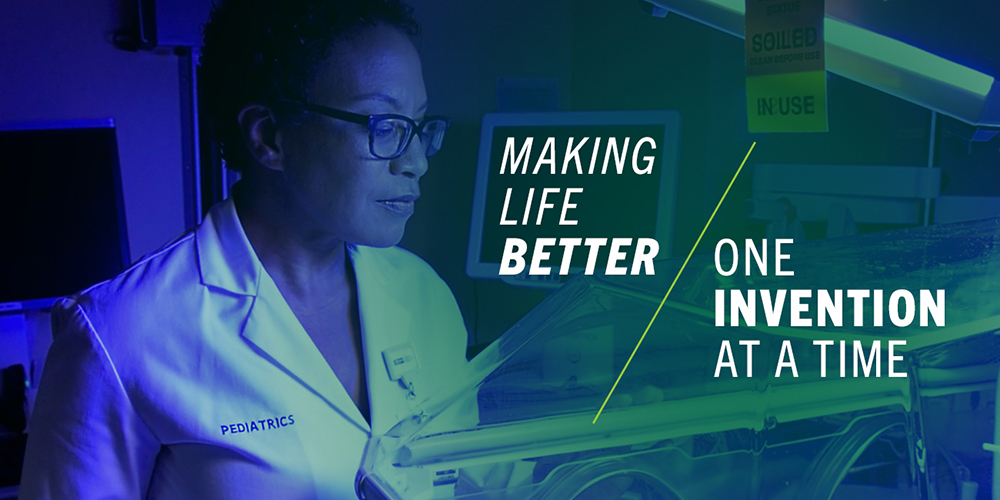Annual ranking from the National Academy of Inventors and Intellectual Property Owners Association is a key measure of global innovation.
TAMPA, Fla. (June 15, 2021) – For the ninth consecutive year, University of South Florida inventors are among the most prolific producers of U.S. patents at universities worldwide, securing an institutional record 123 patents in 2020.
The tally placed USF at eighth among American public research universities and 15th among more than 1,000 universities worldwide in generating new, novel and useful inventions granted intellectual property protection from the U.S. Patent and Trademark Office (USPTO).
The Top 100 Worldwide Universities Granted U.S. Utility Patents in 2020 report from the National Academy of Inventors and Intellectual Property Owners Association uses data from USPTO in the previous calendar year and highlights the vital role patents play not only university research and innovation, but in the global knowledge economy. Since the NAI/IPO began publishing its ranking in 2013, USF has been among the top 10 U.S. public universities and top 20 universities worldwide. The full report can be found here.
“The University of South Florida is proud to fuel the vibrancy and strength of the Tampa Bay regional economy by serving as a research and innovation powerhouse,” said USF President Steven Currall. “Patent production continues to be an important indicator of our performance as a top urban research university and vital to our nation’s competitiveness in today’s global innovation ecosystem.”
USF’s 2020 patents come in new inventions that apply in a wide range of disciplines, as well as new technologies to advance scientific research itself. USF researchers built upon already strong portfolios of new inventions in areas such as medical sciences, robotics, cybersecurity, material sciences and artificial intelligence. While not every patent becomes a new technology on the market, each new patent advances the state-of-the-art in its particular field.
The current rankings do not take into account a myriad of COVID-19 related inventions produced by USF faculty and students in 2020 which gained worldwide acclaim and attention as the pandemic unfolded. Typically, it takes an average of two years after an application is filed for the patent to be issued.
“USF researchers have become known worldwide for their dedication to finding new ways of solving old problems and addressing entrenched global challenges,” said David Conrad, the director of the university’s Technology Transfer Office. “While this ranking is one measure of their achievements, even more significant to USF’s faculty and student inventors is the potential each new patent holds to save lives, shape the future, and make our region’s growing knowledge economy even stronger through the new industries and jobs that flow from innovative ideas.”
Here are some of the highlights of USF’s 2020 patents:
MACHINE-BASED INFANTS PAIN ASSESSMENT TOOL
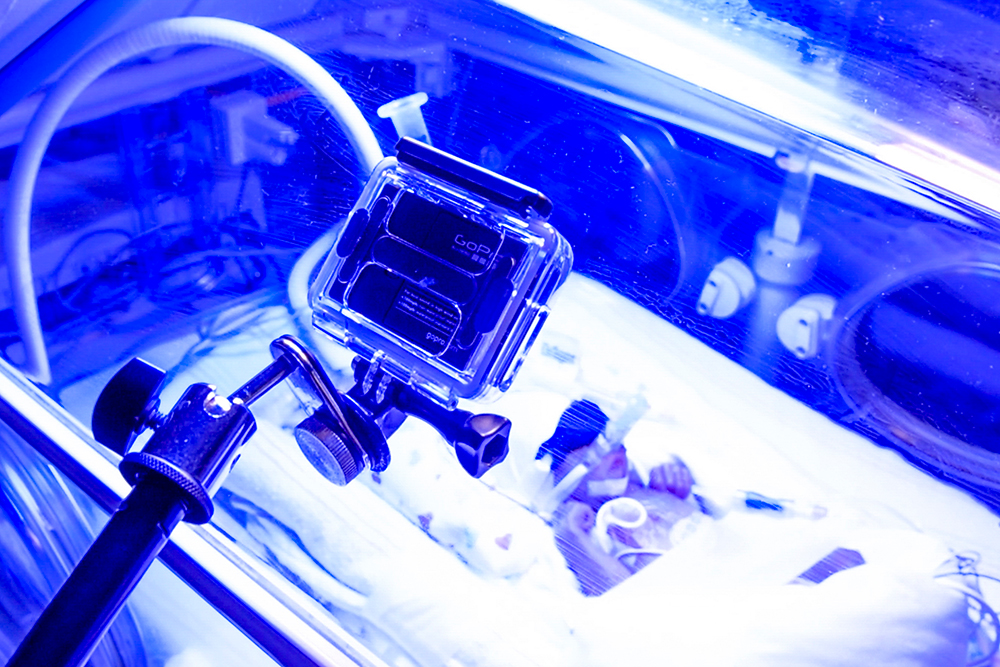
Neonatal pain monitoring is one of the most challenging aspects of caring for newborns,
especially fragile premature babies. The task of determining when babies need pain
medicine most often falls to nurses, who rely on years of experience to visually monitor
an infant for signs of pain. A team of USF medical and engineering experts collaborated in creating an artificial intelligence enabled system of cameras and sensors that
monitor infants’ cries, limb movements, vital signs and facial expression to alert
care givers to the earliest signs of pain. The researchers are hoping earlier warnings
of an infant’s pain will allow medical staff to use non-drug interventions or lessen
the amount of serious pain relief drugs, such as morphine and fentanyl. Morsani College
of Medicine’s Dr. Terri Ashmeade and College of Engineering Professors Dmitry Goldgof,
Yu Sun, and Rangachar Katsuri, along with USF Engineering PhD alumna naGhada Al Zamzmi
are the inventors. For her work on this project and others, Dr. Zamzmi was named to
MIT Technology Review’s Innovators Under 35 list last year.
PORTABLE WASTEWATER TREATMENT SYSTEMS
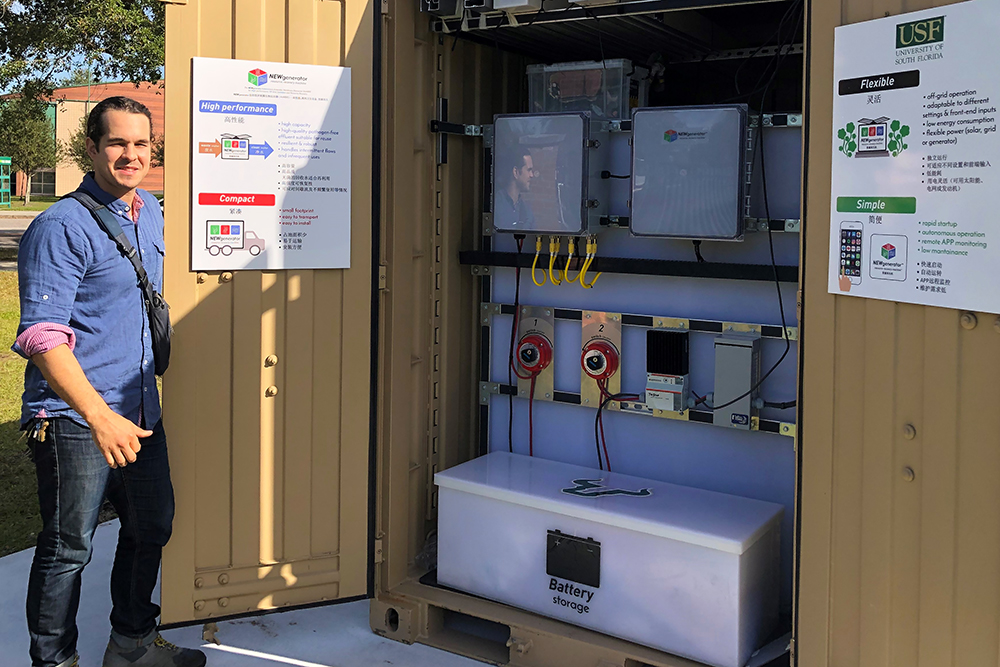
The invention of a system that converts human wastewater into nutrients, energy and
clean water, by USF Engineering Professor Daniel Yeh and Senior Development Engineer
Robert Bair, has become one of the world’s most hopeful technologies in solving a
myriad of health and sustainability issues in communities around the world. In 2020,
the team was awarded a patent for a core version of the NEWgenerator — an anaerobic
reactor and membrane filter to clean the wastewater and convert the byproducts, built
into a shipping container for easier deployment. Three international companies have
licensed the technology and are manufacturing the system for distribution in India
and South Africa. A startup, BioReNEW, Inc., was launched to tackle onsite sanitation challenges in the U.S. The team and the
NEWgenerator system were recognized last year with the USPTO’s 2020 Patents for Humanity Award. In addition to Yeh and Bair, USF Engineering alums Onur Ozcan, George Dick, Jorge
Calabria and Matthew Woodham are the inventors.
CHITOSAN OLIGOMER AND ZINC OXIDE NANOPARTICLE COMPOSITIONS FOR TREATING DRUG RESISTANT BACTERIA AND BIOFILM
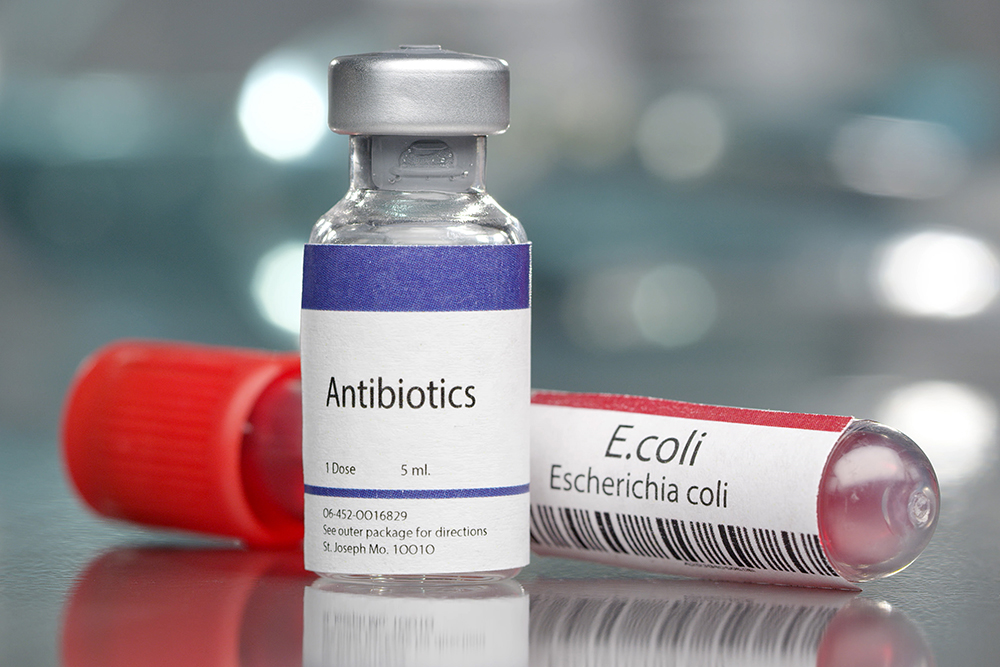
Alya Limayem, an assistant professor at the Taneja College of Pharmacy, and Shyam
Mohapatra, a USF Distinguished Professor in the Morsani College of Medicine, teamed
up to create a new substance to fight drug-resistant bacteria using natural antimicrobial agents that are an alternative
to synthetic chemicals. Chitosan oligomer is a derivative of a material that is taken
from the exoskeleton of crustaceans, such as shrimp and crabs, and is non-toxic and
biodegradable. The most common use of zinc oxide (ZnO) nanoparticles is in sunscreen
and ointment as well as in an immune system-boosting supplement. The inventors unexpectedly
found that a formulation of these two substances, at a safe toxicity threshold, is
effective against multi-drug resistant fecal bacteria — including E.coli and E. faecium
— without harming beneficial bacteria. The bacterial strains are a worldwide concern
in food safety and public health, causing millions of cases of food poisoning and
resulting in tens of thousands of deaths with vulnerable children and the elderly
with weakened immune systems at most risk. Together, ZnO with chitosan also has an
antimicrobial effect on a broad spectrum of multidrug resistant bacteria, fungi, and
even viruses including COVID-19, their latest research shows.
AMMONIA REMOVAL IN FRESHWATER AND SALTWATER SYSTEMS
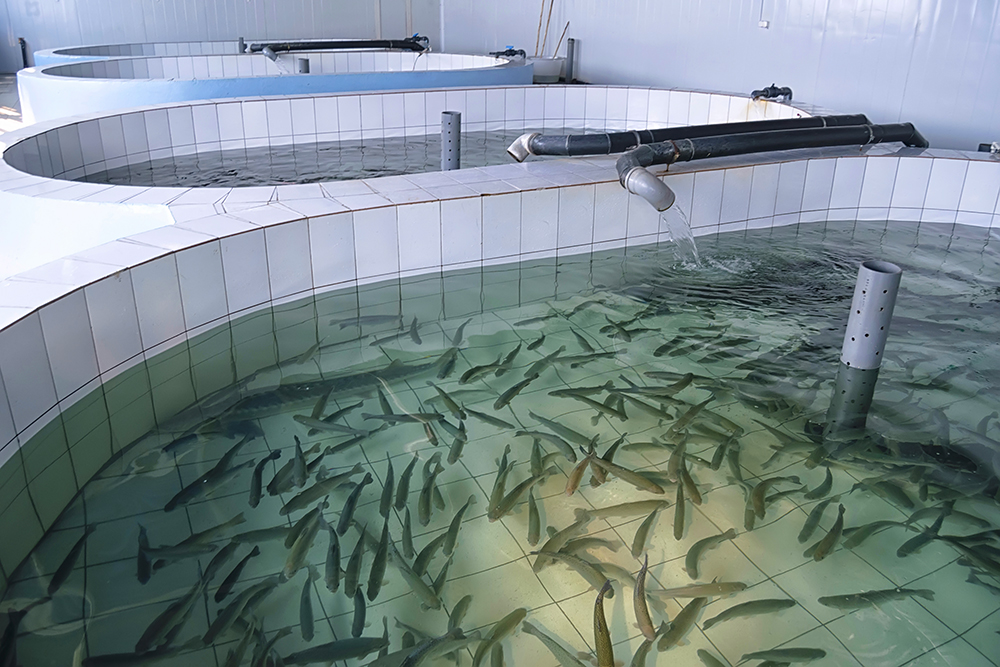
High concentrations of ammonia produced by fish waste can be lethal to the fish, even
though oxygen availability is rich enough to keep them breathing. The product is a
user-friendly, sustainable, affordable product capable of extending the life of contained
fish by removing ammonia with a natural, non-toxic product derived from earth minerals
commonly found in volcanic deposits. The invention was led by College of Engineering
Professor Norma Alcantar, who recently was announced as a new inductee to the Florida Inventors Hall of Fame in recognition of her use of natural, sustainable materials to clean environmental
hazards. Engineering Professor Sarina Ergas and PhD alumna Wen Zhao are co-inventors.
COMPOSITIONS AND METHODS FOR TREATING ENDOMETRIOSIS

Endometriosis is a gynecological disease that affects women of reproductive age and produces debilitating pain, infertility, and a risk of developing rare types of ovarian tumors. Treatment for endometriosis usually involves medication, hormone therapy or surgery — but often women with the condition undergo multiple treatments and surgeries that do not resolve the condition or its life-altering symptoms. Meera Nanjudan, an associate professor in the Department of Cell Biology, Microbiology and Molecular Biology, specializes in research involving women’s health issues with few effective treatments. Collaborating with USF PhD alum Kyle Bauckman and Idhaliz Flores of Ponce Health Sciences University, the team developed methods of diagnosis, treating and preventing endometriosis at the cellular level. Their patented approach targets endometrial cell survival with the use of the anti-malaria drug hydroxychloroquine, which drew global attention last year as a potential but failed treatment for COVID-19.
“The institutions included in this year’s report are leading innovation worldwide through their encouragement of academic discovery and invention,” said Paul R. Sanberg, president of the NAI. “We are proud to collaborate with the IPO for the ninth consecutive year to highlight universities that have made critical contributions to society.”
The latest rankings further bolster Florida as a thriving center of innovation. The Florida High Tech Corridor region — which encompasses USF, the University of Central Florida and University of Florida — together were awarded 309 U.S. utility patents in 202, more than 1.5 times the number of patents granted to other globally recognized centers of innovation, including North Carolina’s Research Triangle and the University of Texas System.
“This achievement by The Corridor Council's three universities demonstrates the strength of Florida's innovation ecosystem and its role as a catalyst for statewide economic growth," said Corridor CEO Paul Sohl.
###
About the University of South Florida
The University of South Florida is a high-impact global research university dedicated to student success. Over the past 10 years, no other public university in the country has risen faster in U.S. News and World Report’s national university rankings than USF. Serving more than 50,000 students on campuses in Tampa, St. Petersburg and Sarasota-Manatee, USF is designated as a Preeminent State Research University by the Florida Board of Governors, placing it in the most elite category among the state’s 12 public universities. USF has earned widespread national recognition for its success graduating under-represented minority and limited-income students at rates equal to or higher than white and higher income students. USF is a member of the American Athletic Conference. Learn more at usf.edu.
About the National Academy of Inventors
The National Academy of Inventors is a member organization comprising U.S. and international universities, and governmental and non-profit research institutes, with over 4,000 individual inventor members and Fellows spanning more than 250 institutions worldwide. It was founded in 2010 to recognize and encourage inventors with patents issued from the U.S. Patent and Trademark Office (USPTO), enhance the visibility of academic technology and innovation, encourage the disclosure of intellectual property, educate and mentor innovative students, and translate the inventions of its members to benefit society. The NAI works collaboratively with the USPTO and publishes the multidisciplinary journal, Technology and Innovation. www.academyofinventors.org.
About the IPO
The Intellectual Property Owners Association (IPO) is a trade association for owners of patents, trademarks, copyrights and trade secrets. IPO is the only association in the U.S. that serves and advocates for all intellectual property owners in all industries and all fields of technology.
